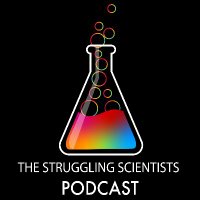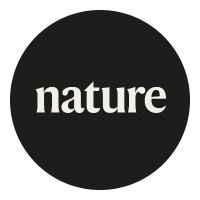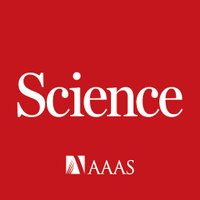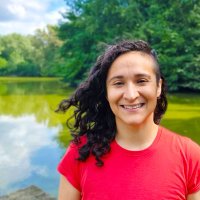
Armando Pacheco-Valenciana
@pachecologist
PhD Student in Ecology and Evolution @Stockholm_Uni & @scilifelab interested in microbial interactions in aquatic ecosystems 🌊🦠🧬🏳️🌈
ID: 1285993752973193218
22-07-2020 17:43:17
290 Tweet
98 Followers
164 Following







1/ In our new paper, we explored whether obligate mutualisms can survive abrupt stress via evolutionary rescue. We found that evolutionary rescue is possible—but it comes at the cost of mutualism. Jonathan Friedman Alex Couce nature.com/articles/s4146…




Our commentary describing the potential of designed #microbial #consortia for sustainable #waste management and #climate resilience is out! You can check it here sciencedirect.com/science/articl… to the authors Ginevra Giangeri Irini Angelidaki Nikos Kyrpides - Department of Biology – University of Padova DTU-bioenergy Joint Genome Institute






Microbial model communities reveal widespread auxotrophies in abundant bacteria by Armando Pacheco-Valenciana et al. Our results highlight the value of cultivating microorganisms in groups to cultivate: 1) abundant microorganisms tinyurl.com/miintmodcom








